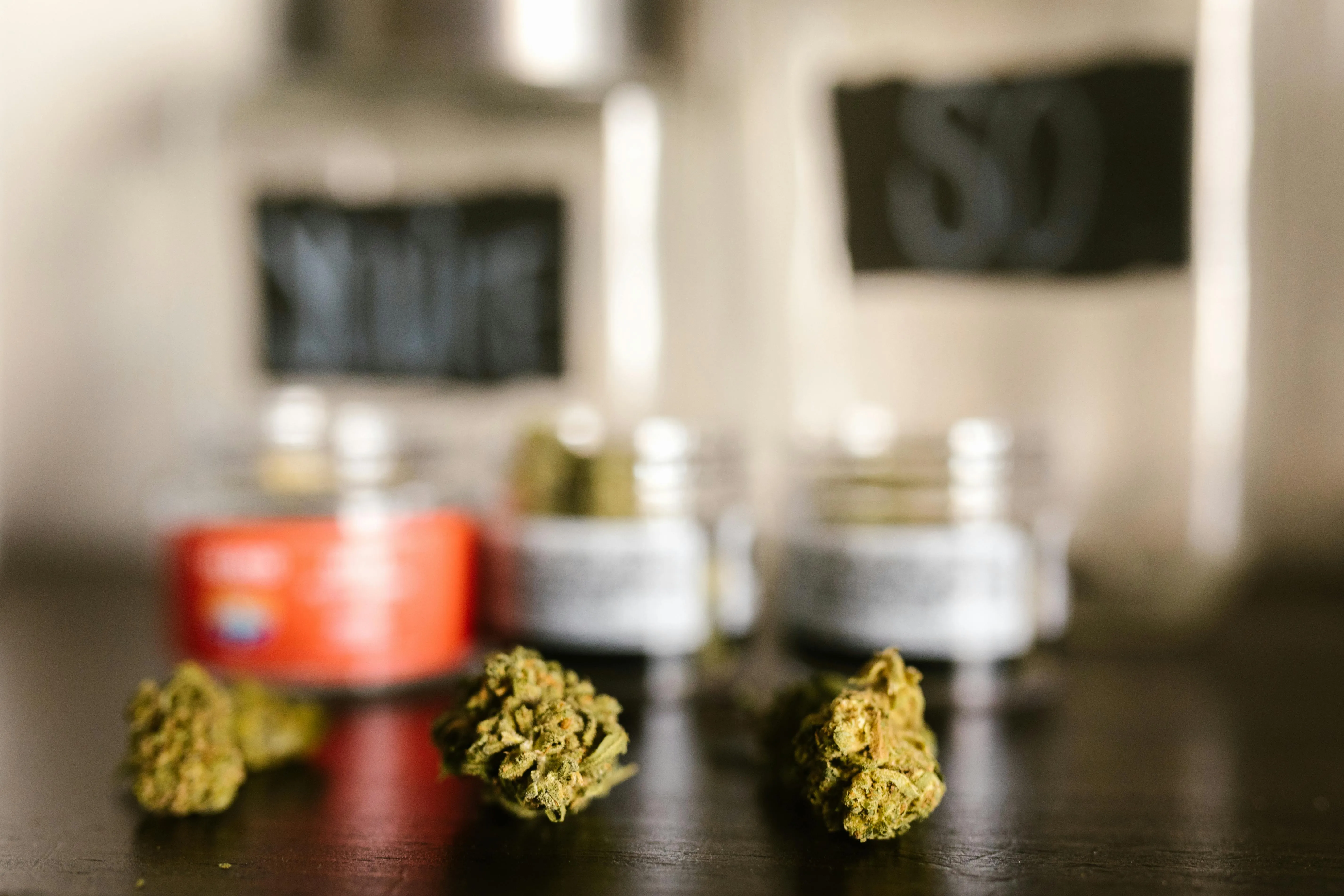Sprout Up Some Smiles: A Beginner’s Guide to Growing Your Own Happiness (and Veggies!)
Have you ever dreamed of plucking fresh, juicy tomatoes straight from your backyard or snipping fragrant herbs to sprinkle on your dinner? Growing your own food isn’t just about healthy eating – it’s a journey into nature’s magic, a stress-buster, and a delicious way to connect with the earth.
Don’t worry if you don’t have a green thumb (yet!). This beginner’s guide will help you cultivate confidence and success in your own little patch of paradise.
Choosing Your Culinary Companions:
First things first: what are you craving? Leafy greens like lettuce and spinach are super easy to grow, perfect for beginners. Tomatoes, peppers, and cucumbers offer a burst of summer flavor, while herbs like basil, mint, and rosemary add zing to any dish.
Remember to consider your climate and space limitations. If you have limited room, try container gardening – pots and window boxes can house everything from strawberries to dwarf fruit trees!
Location, Location, Location:
Most edible plants thrive in sunny spots that receive at least six hours of direct sunlight per day. Observe your yard throughout the day to find the sunniest spot. Don’t worry if you have shade – leafy greens and some herbs tolerate partial shade well.
Ensure good drainage: soggy soil can lead to root rot. Loosen compacted soil or create raised beds to improve drainage.
Soil Savvy:
Healthy soil is the foundation for healthy plants. Enrich your garden bed with compost, a natural fertilizer that adds nutrients and improves soil structure. You can buy compost or make your own from kitchen scraps!
Before planting, test your soil’s pH level – most vegetables prefer slightly acidic to neutral soil (pH 6.0-7.0). Your local nursery can help you determine your soil type and suggest amendments if needed.
Seed Starting or Seedlings:
Starting seeds indoors gives you a head start on the growing season. Sow seeds in trays filled with seed-starting mix, water gently, and place them in a sunny windowsill. Once seedlings have a few true leaves (not the initial seed leaves), harden them off by gradually introducing them to outdoor conditions.
Alternatively, purchase seedlings from your local nursery for a quicker start.
Watering Wisely:
Consistent watering is crucial, especially during dry spells. Aim for deep watering rather than frequent shallow sprinkles. Stick your finger into the soil – if it feels dry an inch below the surface, it’s time to water. Avoid overhead watering, which can promote fungal diseases.
Mulching around your plants helps retain moisture and suppress weeds. Use organic mulches like straw, shredded bark, or wood chips.
Feeding Your Friends:
Fertilize regularly throughout the growing season with a balanced fertilizer suitable for vegetables. Follow package instructions carefully to avoid over-fertilizing, which can harm plants.
Organic fertilizers like compost tea or fish emulsion are gentler alternatives and promote healthy soil microbes.
Pest Patrol:
Keep an eye out for pesky insects and diseases. Early detection is key! Use insecticidal soap or neem oil for mild infestations, and handpick larger pests like caterpillars. Encourage beneficial insects like ladybugs and lacewings to your garden – they’ll feast on unwanted critters!
Rotate crops annually to prevent soil-borne diseases from building up.
Harvesting Happiness:
The best part of gardening is reaping the rewards! Harvest vegetables when they are ripe and tender for optimal flavor. Don’t be afraid to experiment with different varieties and cooking methods – your taste buds will thank you!
Remember, gardening is a journey of learning and experimentation. Embrace the unexpected, celebrate successes, and learn from any setbacks. With patience and love, you can cultivate not just delicious food but also a sense of connection with nature and a whole lot of happiness.